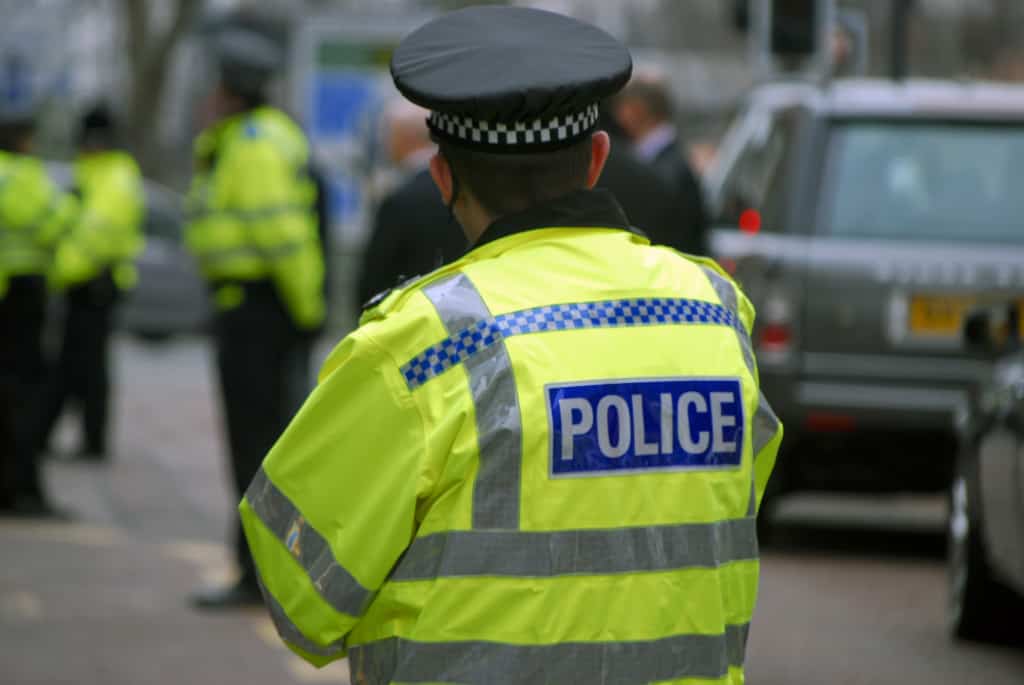
Emergency medicine has always been one of the highest priorities for state and local law enforcement departments. A current licensing requirement for all Minnesota police officers who get their original police officer license is that of the Emergency Medical Responder or EMR.
The Minnesota State Patrol is the police agency tasked with providing service to those who drive the highways, freeways, and city streets. This service includes ensuring safe driving, such as writing tickets to drivers, but also providing medical expertise to those on the road that need assistance. If you think about it, many times the state trooper is the first on the scene for traffic accidents, and in some cases, to medicals that occur off the road. This means that not only does the trooper have to maintain scene safety, but oftentimes they provide medical assistance at accidents, as well as assisting with medicals that happen to drivers.
In the twenty years I worked for that department, I covered accidents that involved CPR and the use of the AED on heart attack patients, control of massive bleeding, multiple casualty accidents, and discovered fatalities and had to inform their families of the loss. Officers have helped deliver babies, in some cases multiple times, and assisted ambulance crews more times than we could ever count.
Police officers are involved in much more than just writing tickets and arresting drunk drivers, they help save lives by treating patients that have life threatening injuries prior to the ambulance arriving on scene.
About the Author:
Brad Anderson is the Education Coordinator for Allied Medical Training as well as an instructor at several local colleges. He completed his bachelor’s and master’s degree in Criminal Justice at Kaplan University as well as a master’s degree in Adult Education from that same institution. Brad is currently attending Concordia University – Portland for his doctorate degree in Adult Education specializing in Educational Leadership. Brad served 20 years as a MN State Trooper and concurrently worked for the Metro Transit Police Department for 5 years. As a state trooper Brad became an Emergency Medical Responder (EMR) and received two life-saving awards. Upon retiring from the State Patrol, he became an Emergency Medical Technician (EMT) working for private companies as an EMT and has over 30 years experience in the field. In his spare time Brad enjoys working in his garden and his Koi pond. You can reach Brad at [email protected].

